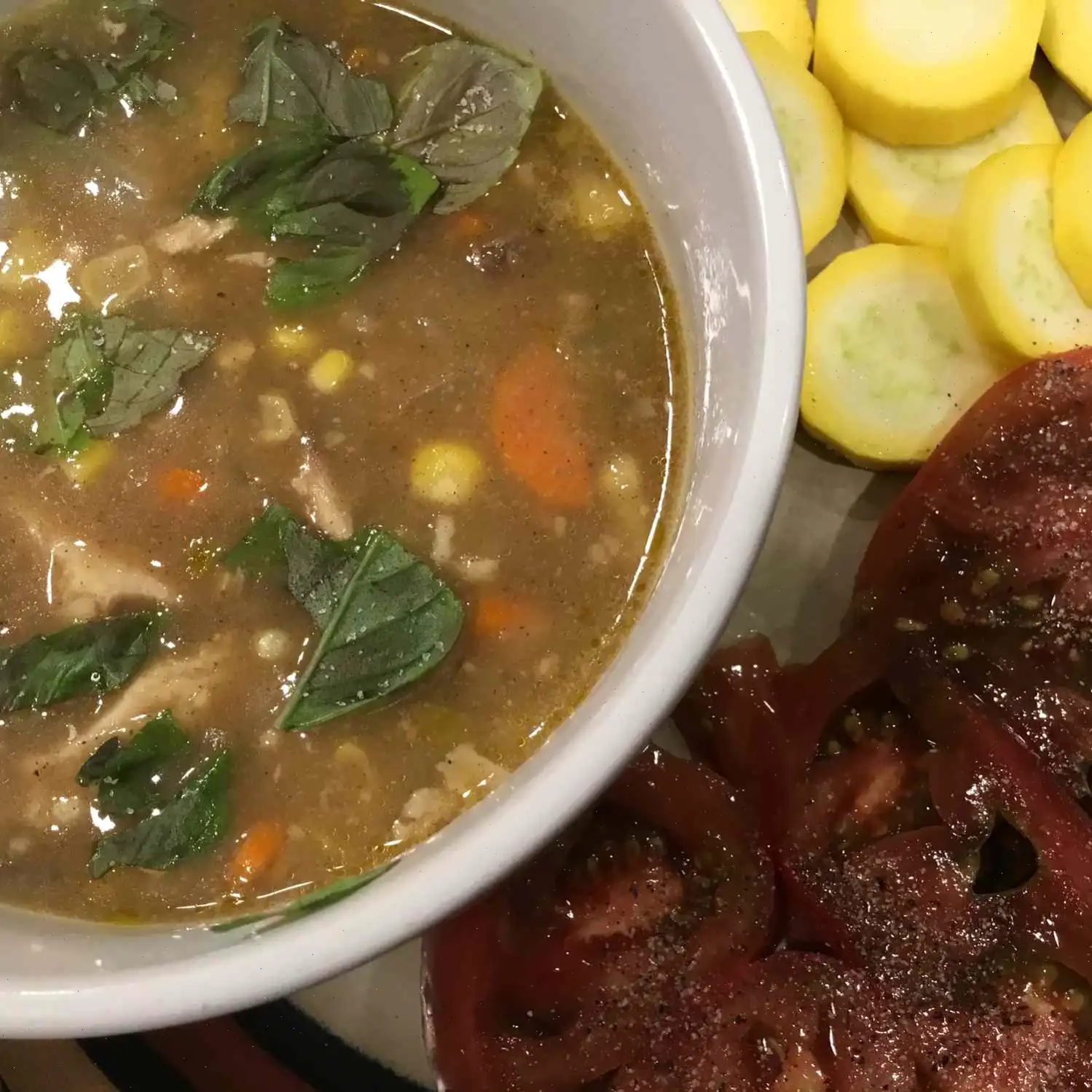
Miso Ramen Stir Fry Recipe
Ramen with Mushrooms and Asparagus
Ingredients
- 6 ounces instant ramen noodles
- 1 tablespoon sesame oil
- 4 ounces fresh mushrooms, sliced
- 2 teaspoons rice vinegar
- 1 teaspoon low sodium soy sauce
- 6 spears asparagus
- 2 tablespoons unsalted butter
- 1 tablespoon miso paste
- Chopped scallions, for garnish (optional)
- Sesame seeds, for garnish (optional)
Directions
- Bring a pot of water to a boil. Add the ramen noodles, breaking them up if desired. Cook until tender, about 3 minutes, or according to package directions. Drain and set aside.
- Heat sesame oil in a large skillet over medium heat. Add the sliced mushrooms and cook for about 4 minutes, until tender.
- Add rice vinegar and soy sauce to the skillet. Continue cooking for another 4 minutes, allowing the liquid to reduce and the flavors to combine.
- Add the asparagus to the skillet and cook for 1 minute, stirring occasionally.
- Stir in the butter and miso paste, cooking for an additional minute until the butter has melted and the miso paste is well incorporated.
- Turn off the heat and stir in the drained noodles, mixing until everything is evenly coated.
- Transfer the mixture to serving dishes and garnish with chopped scallions and sesame seeds, if desired. Serve immediately.
Nutrition Facts (per serving)
- Calories: 264
- Total Fat: 21g (27% Daily Value)
- Saturated Fat: 9g (46% Daily Value)
- Cholesterol: 31mg (10% Daily Value)
- Sodium: 660mg (29% Daily Value)
- Total Carbohydrate: 15g (5% Daily Value)
- Dietary Fiber: 3g (11% Daily Value)
- Total Sugars: 3g
- Protein: 5g (10% Daily Value)
- Vitamin C: 6mg (6% Daily Value)
- Calcium: 26mg (2% Daily Value)
- Iron: 2mg (11% Daily Value)
- Potassium: 344mg (7% Daily Value)
* Percent Daily Values are based on a 2,000 calorie diet. Your daily values may be higher or lower depending on your calorie needs.
** Nutrient information is not available for all ingredients. Amounts are based on available nutrient data.
(-) Information is not currently available for this nutrient. Please consult your doctor or dietitian if you have any dietary concerns.
The Story Behind Miso Ramen Stir Fry
Miso ramen stir fry is a modern twist on traditional Japanese ramen, which originated in China and was adapted by Japan in the early 20th century. Ramen noodles became widely popular after World War II as a quick and affordable meal. The incorporation of miso paste, a fermented soybean seasoning, came later in the mid-20th century, particularly with the rise of Sapporo-style miso ramen. This stir fry version simplifies the classic soup-based dish, making it faster to prepare while retaining the rich umami flavors that miso provides.
Regional Variations
Different regions of Japan have their own unique interpretations of miso ramen. Hokkaido, in the north, is particularly famous for its miso ramen, which features a thicker, heartier broth to withstand the cold climate. While traditional ramen is usually served as a soup, stir fry versions like this one are popular in urban areas such as Tokyo and Osaka, where quick, convenient meals are in demand. In the U.S., chefs often adapt miso ramen stir fry with local vegetables like asparagus and mushrooms, blending East Asian flavors with Western ingredients.
How It Differs From Similar Dishes
Unlike classic ramen, which is served in a hot broth, miso ramen stir fry is a dry noodle dish. It emphasizes a concentrated miso flavor that coats the noodles rather than being diluted in liquid. Compared to yakisoba, another popular Japanese stir-fried noodle dish, miso ramen stir fry uses ramen noodles instead of wheat-based yakisoba noodles and incorporates miso paste for a distinct savory depth. Additionally, the use of butter and sesame oil provides a creamy, aromatic layer not typically found in traditional ramen or yakisoba.
Where Its Commonly Served
Miso ramen stir fry is versatile and can be found in casual Japanese eateries, street food stalls, and fusion restaurants worldwide. It is particularly popular for home cooking due to its fast preparation time. Many ramen shops in Japan now offer stir fry versions as a lighter, broth-free alternative to the classic soup ramen. In the U.S., this dish is often served in lunch spots, small Asian bistros, or as part of meal-prep plans for busy weekdays.
Interesting Facts
- Miso paste, the key ingredient, is rich in probiotics, which can support digestive health.
- The first instant ramen, created by Momofuku Ando in 1958, revolutionized quick meals and inspired countless stir fry adaptations.
- Adding butter to miso ramen, a technique popularized in Hokkaido, enhances the dishs richness and smooth texture.
- Unlike many stir fry dishes, miso ramen stir fry often combines a balance of vegetables and noodles in a single skillet, making it a complete meal in one dish.
- Scallions and sesame seeds are not just for garnishthey provide a subtle crunch and fresh aroma that elevate the dish.








